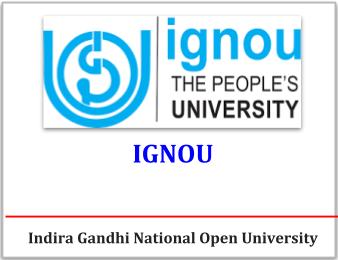(HOT) UPSC Current Affairs 2025 PDF
NEW! The Gist (NOV-2025) | E-BOOKS
IGNOU HISTORY NOTES : India History From 8th to Mid 15th Century - Polity and Economy in Deccan and South India

IGNOU HISTORY Study Notes for IAS, UPSC Exams
History India From 8th to Mid 15th Century
Polity and Economy in Deccan and South India
Structure
3.0 Objectives
3.1 Introduction
3.2 Geographical Setting
3.3 Political Formations in the Deccan
3.4 Political Formations in South India
3.4.1 Rise of the Nayak Kingdoms
3.4.2 States in Malabar
3.5 Nature of Polity : Different Approaches
3.6 The Ruling Elite
3.7 Economy
3.8 Let Us Sum Up
3.9 Key Words
3.10Answers to Check Your Progress Exercises
3.0 OBJECTIVES
After reading this Unit you will'be able to know about 'the:
a geographical influences on polity and economy of Deccan and South India;
politi&l formation and its qature in Deccan and South India;
a role of the ruling elite (nayak and poligan) in polity and economy, and
a emerging economic trends i.e. the impact of the advent of the Portuguese in the
region.
3.1 INTRODUCTION
This Unit provides a link between the developments of the 8-15th centuries and what
followed after the decline of the two big empires-the Bahrnani and the Vijaynagar
in Deccan and South India. It also gives the background for the developments
witnessed in the region with the entry of the Mughals. The study of this unit would
help in understanding the change and continuity during the 16th century in respect
of polity and economy of the Deccan and South Indian states.
3.2 GEOGRAPHICAL SETTING
Geography plays a ,c+l role in the politico~conomic developments. Certain
salient geographical features of South India and Deccan influenced the developments
in the region (see Block 3 of EHI43). Broadly, the whole tract lying south of the
river Narmada is known as South India. However, technically speaking, this tract
consists of two broad divisions, Deccan and south India.
Click here to download full Chapter
Courtesy: eGyanKosh


